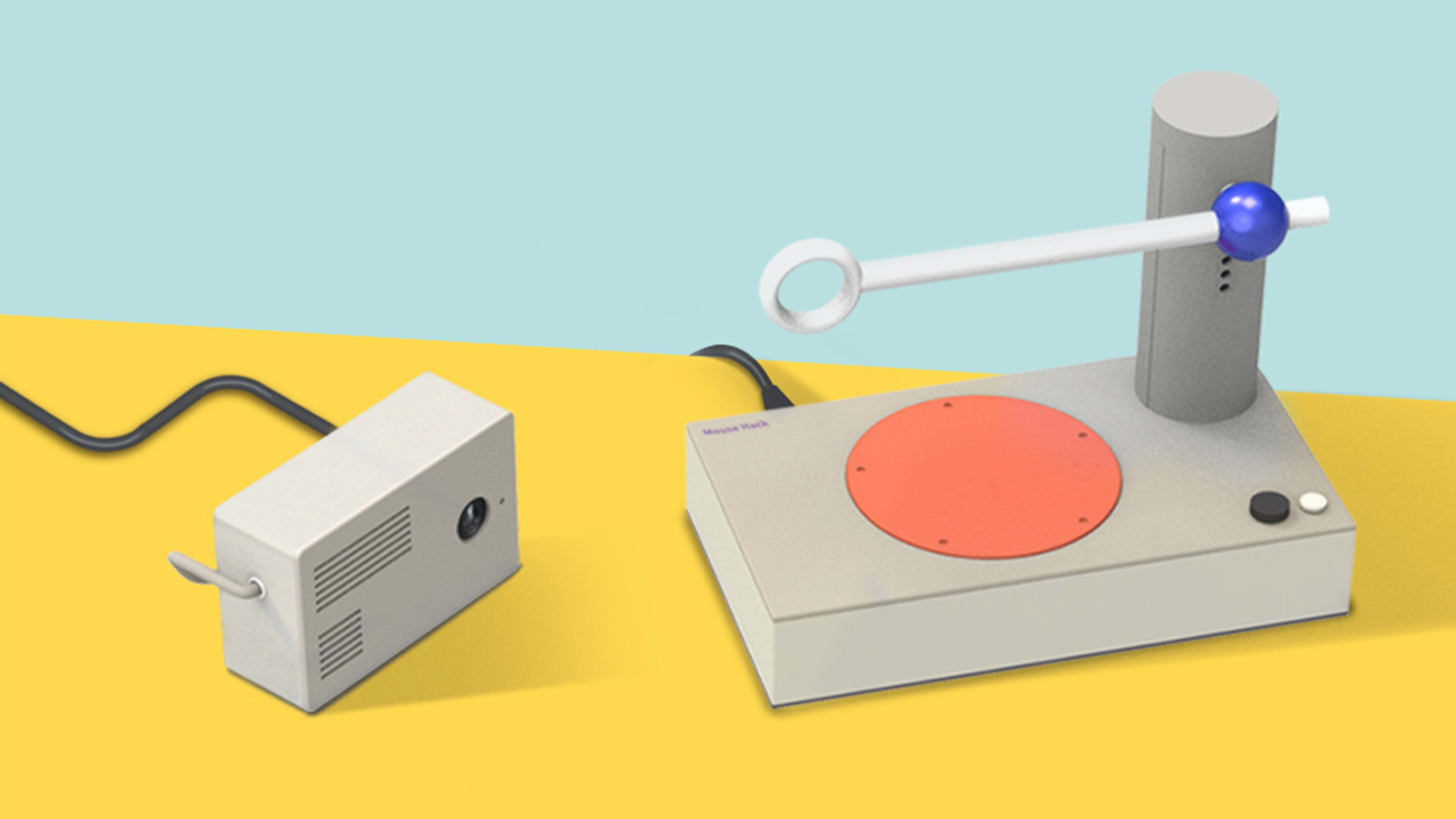Nobody wants their boss looking over their shoulder all day—especially as technology helps automate that process. In 2020, Microsoft announced it had developed software that could track and score worker productivity, then followed it up with a patent for an AI that can see if you are bored or engaged in a video meeting.
Perhaps it’s not a full invasion of personal privacy—aren’t we typing into shared spreadsheets and staring into group webcams anyway?—but it is certainly an assault on our individual liberty. These technologies infringe on our freedom to pursue tasks under our own timing and comfort, not as automatons, but as humans.
To counter that trend, the Royal College of Art industrial design student Boyu Ding created a speculative design that could thwart some of the most egregious workplace surveillance. In a project dubbed The Great Cheater, Ding presents a convincing (though not actually realized) product to fool your employer into thinking you’re working, even when you aren’t.
The system consists of an open source camera and automatic mouse clicker. Ding suggests that you could download full schematics on Github, then buy the parts from places like Amazon to assemble yourself.

[Image: courtesy Boyu Ding]Boyu admits that “what is shown in this video is a bit idealized.” Namely, Deepfakes requires serious power from large graphics processors, and that’s not the sort of technology that can shrink into a tiny camera body just yet. But it’s almost possible, which is why the concept is so compelling.
[Image: courtesy Boyu Ding]The second piece of hardware is an automatic mouse scroller, and it’s meant to work in tandem with the camera. Inspired by the simple geometries of Bauhaus design, it’s basically a treadmill for your mouse on the bottom, which is trained to move with the sorts of gestures of a real person. Then it’s a clicker on top that taps now and again to look busy. If someone were literally watching your monitor for hours on end, they could tell this mousing system was automated. But for a simpler piece of software that was merely counting movements and taps, your activity metrics would look excellent.
[Image: courtesy Boyu Ding]To quote the great sage Ferris Bueller, “It’s a little childish and stupid, but then, so is high school.” Or, in this case, so is work . . . at least, when your adult boss is so insecure about their ability to manage employees that they have to track your eye and mouse movements all day.
Recognize your brand’s excellence by applying to this year’s Brands That Matter Awards before the early-rate deadline, May 3.
